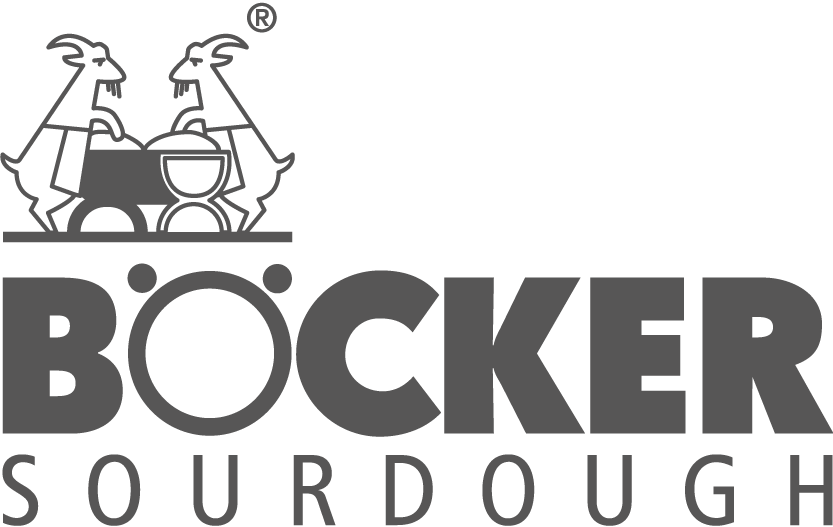Trending now: Rye Bread
Rye bread has its origins back in Roman times. At the time, it was considered food for the poor. Because of its wholesomeness, it kept people full for a longer time and the ingredients were inexpensive. Through the years, it has left this reputation behind. Rye bread is an integral part of every well-stocked bakery and is served daily in hundreds of thousands of households. Many bakeries are once again focusing primarily on traditional cereals and original grain varieties, as well as on sourdoughs from wooden barrels. The desire for authentic, traditionally produced baked goods that deliver more quality and taste is responsible for this trend – true to the Slow Food philosophy, which stands for traditional foods and processing methods that preserve the environment.
To this day, rye bread is available in every bakery or supermarket. It was relegated to the back shelves for a long time, because of newer types of bread or ready-made mixes. But according to the FOOD REPORT 2021, by Hanni Rützler, the future of nutrition lies in diversity. Because of climate change, many producers are once again focusing on old, regionally grown grain varieties that can cope better with drought than Turbo-Hybrid-Wheat. This helps to make them independent of the critical global harvests and strengthens the regional diversity of species and types. Added to this, consumers are increasingly placing value on artisanal food products, made from selected ingredients and sustainably produced. The more “authentic” ingredients, the better. Health also plays a role. Organic produce is booming and traditionally made foods are again being appreciated. Rye has been considered flavorful, filling, and high in fiber for thousands of years. With just a few ingredients, delicious breads can be baked that contain valuable nutrients and provide precious energy. With rye sourdough, taste is elevated to a true experience, which had fallen into oblivion for far too long. Now we observe how more and more bakeries are changing their assortment back to include traditional bread varieties. The trend is well received by consumers and rye bread is rapidly climbing the popularity scale.
Even though the enzyme activity of rye flours has decreased, acidification of the rye flour is still recommended, to avoid the breads becoming stale more quickly. The use of sourdough achieves not only the structure of a typical rye bread, it also affords a considerable and biological extension of the shelf life and freshness. In addition, sourdough fermentation provides aroma precursors that are transformed during the baking process into more perceptible aromas. Likewise, the use of sourdough improves bread spreadability and sliceability. Correctly processed and cultured sourdough brings only advantages, as it significantly increases the quality of the bread. This is how sourdough has earned the nickname the “baker’s baby”.
Because rye flours have a higher proportion of pentosans compared to wheat flours, rye and mixed rye bread doughs are somewhat stickier and more plastic than wheat doughs. This should be considered when preparing rye bread doughs. The increased pentosan content along with the addition of sourdough affects the intensive kneading time. The higher the rye flour and sourdough content, the more the intensive kneading time is reduced and may even be eliminated in breads made of 100% rye.


